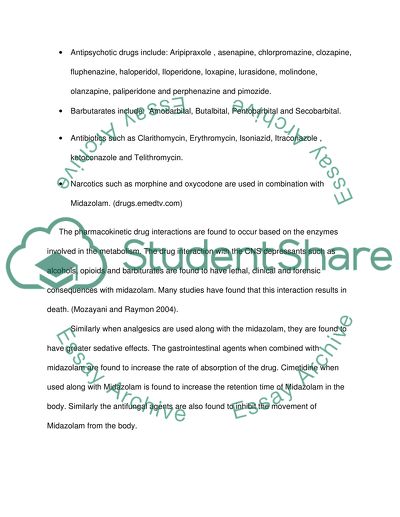Cite this document
(“Pharmacology (Drug Profile Midazolam) Essay Example | Topics and Well Written Essays - 2750 words”, n.d.)
Retrieved from https://studentshare.org/environmental-studies/1420078-pharmacology-drug-profile-midazolam
Retrieved from https://studentshare.org/environmental-studies/1420078-pharmacology-drug-profile-midazolam
(Pharmacology (Drug Profile Midazolam) Essay Example | Topics and Well Written Essays - 2750 Words)
https://studentshare.org/environmental-studies/1420078-pharmacology-drug-profile-midazolam.
https://studentshare.org/environmental-studies/1420078-pharmacology-drug-profile-midazolam.
“Pharmacology (Drug Profile Midazolam) Essay Example | Topics and Well Written Essays - 2750 Words”, n.d. https://studentshare.org/environmental-studies/1420078-pharmacology-drug-profile-midazolam.


